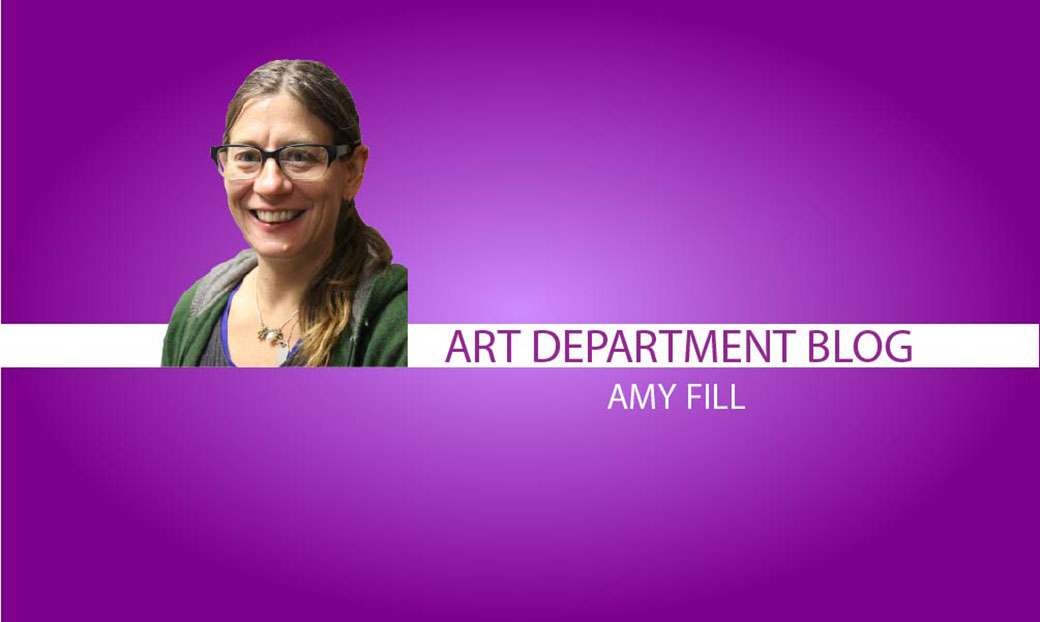
Students critique each other’s artwork
This semester I am a part of the sculpture and alternative media class. There are 13 of us, including students from each major in the art department — ceramics, graphic design, painting, photography, sculpture, art education and printmaking.
Many of us are also taking Sarah Sik’s art history class, where we have been studying the history of alternative media and installation and styles of artwork, such as video, performance, happening, dance, body art and sound art.
We have worked on several projects throughout the semester, with each project leading to a group critiquing process. Here, each artist talks about the processes, ideas and styles used in creating the piece. Then the class discusses, asks questions about those processes and provides critical response and feedback about the artwork.
We are currently working with installation art — a type of artwork seeking to create a more direct connection between the viewer and the artwork.
The artwork can be site-specific, where the artist works directly with the environment and considers the location when creating content and meaning. “Filled-space” installation works within a space to create an environment or experience and can be recreated in other spaces.
The means and material of either type are possible within the framework of installation artwork and can include video, photography, dance, theater, performance, happening and participatory art.
When Marcel Duchamp questioned the meaning of art with his “Fountain” in 1950, a door was opened for modern artists. Materials and objects, new technologies and mundane events of the day-to-day could be used as material and content for communications of ideas.
These two classes together, as well as our diverse backgrounds of study, have created a rich environment for creative exchange of ideas leading to dynamic projects. The coursework and community of students has enriched my experience in both classes.
One of the ceramics students created a video using references to surrealist photography in her site-specific artwork. We traveled to her house and, one by one, sat in the bathtub to experience the video she created.
Two of the graphic design students collaborated on their project, which is in their 12 by 12 foot garage. Using the found objects in the garage, they created a tableau-like, still life arrangement along the back wall. They divided the space by creating a white, three foot wide frame, which separated the viewer from the space of the installation.
A sculpture major used balloons, light and shadow to fill the gallery space, and a graduate painting student took us downtown where his large, stencil-like collages hung in an alley.
Our critiques take us to places outside of the work space and the traditional gallery space. This is both challenging and fun, since we think in new ways and experiment with ideas and materials we may not usually explore in our artworks.

